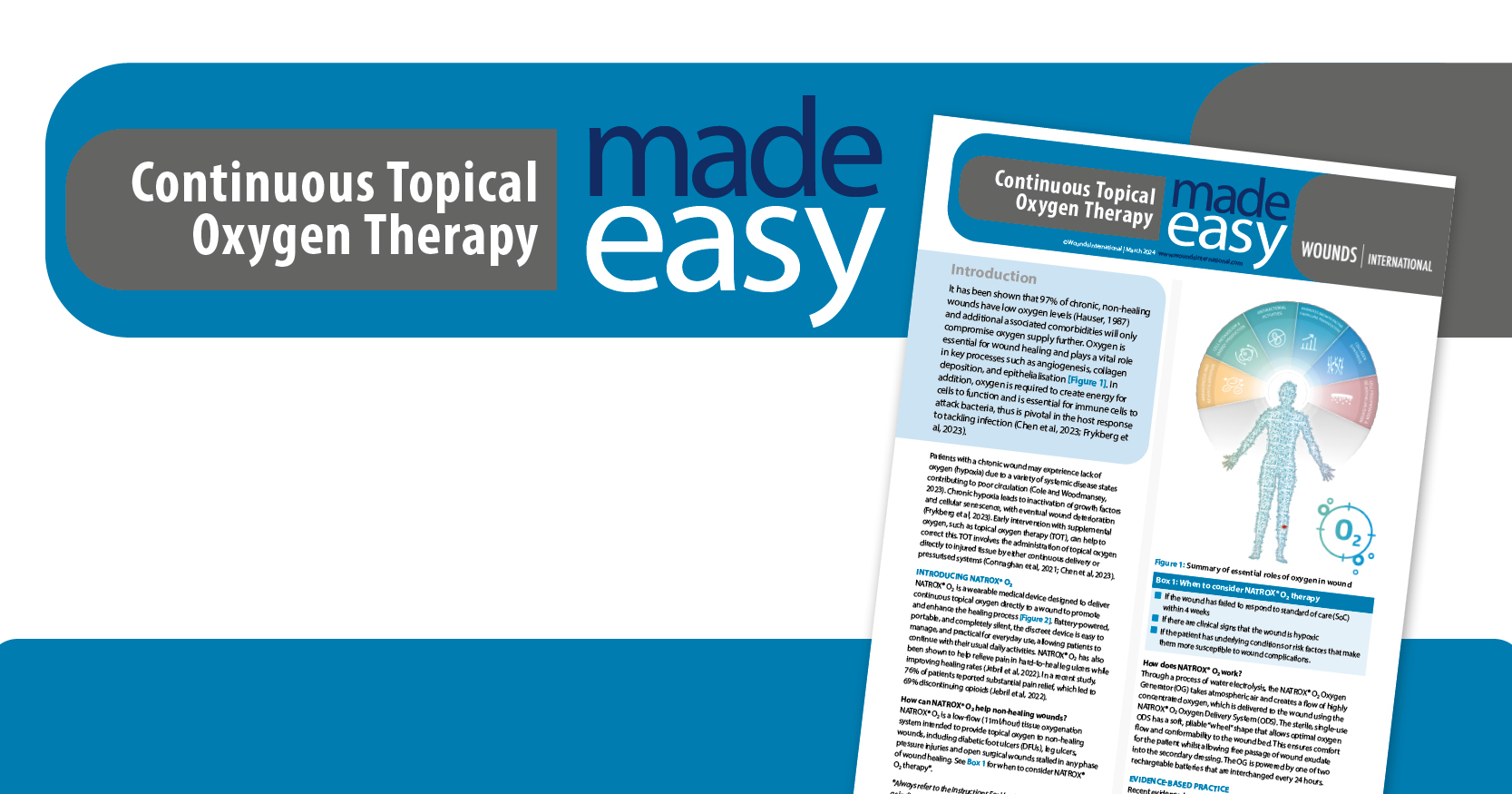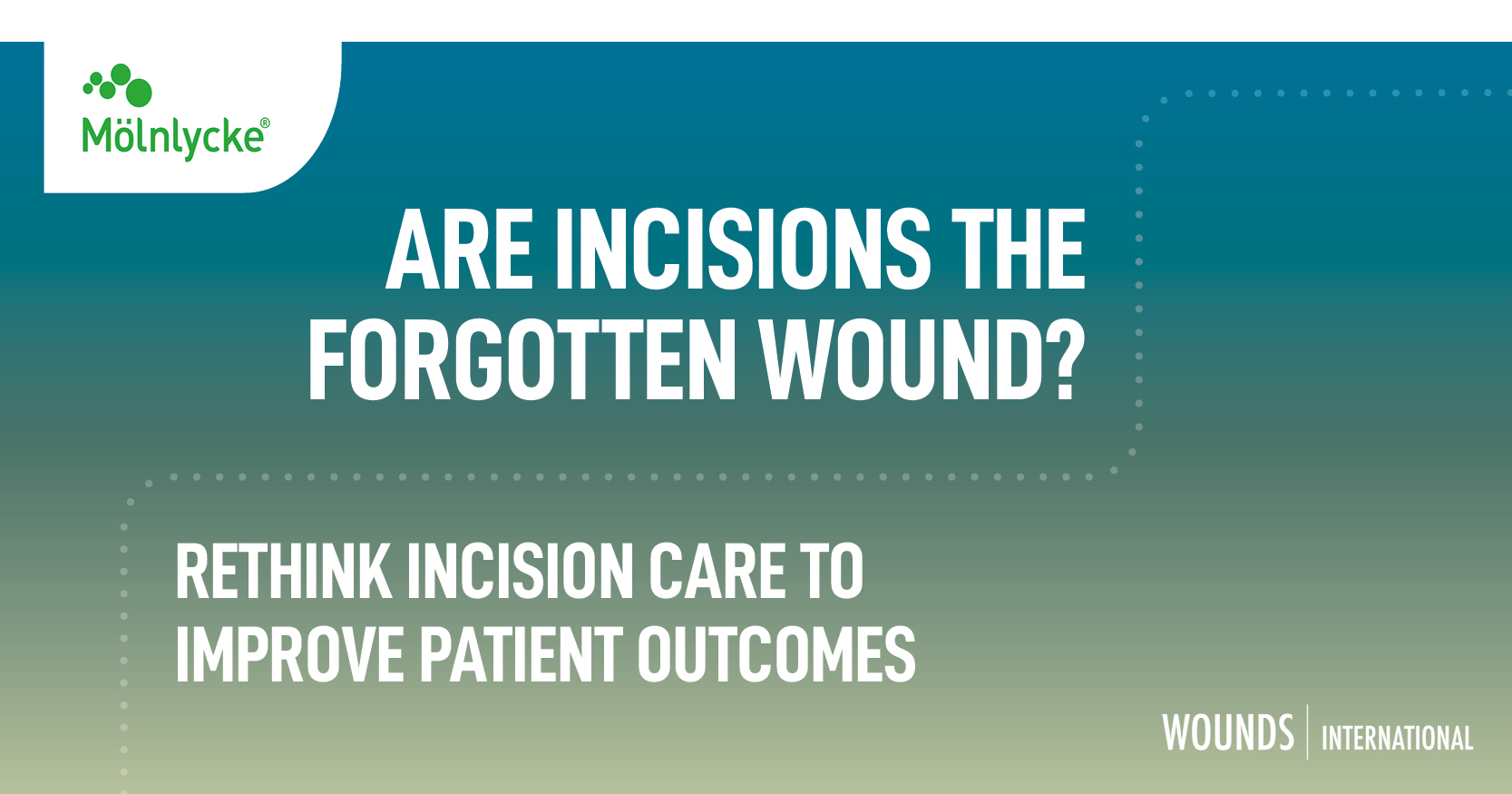In the absence of corrective surgery, compression therapy has been found to be the most effective treatment for venous leg ulcers (VLUs) (Nelson et al, 2000; WUWHS, 2008; O’Meara et al, 2012). Achieving healing rests on patients’ adherence to treatment. However, a large body of evidence shows they do not always do so (Bland, 1996; Chase et al, 2000; Edwards, 2003; Mudge et al, 2006, Raju, 2007; Van Hecke, 2010). Adherence to compression is multifactorial and complex; the following briefly reviews some of the factors that affect whether patients carry out treatment regimens for VLUs.
Supported by L&R







